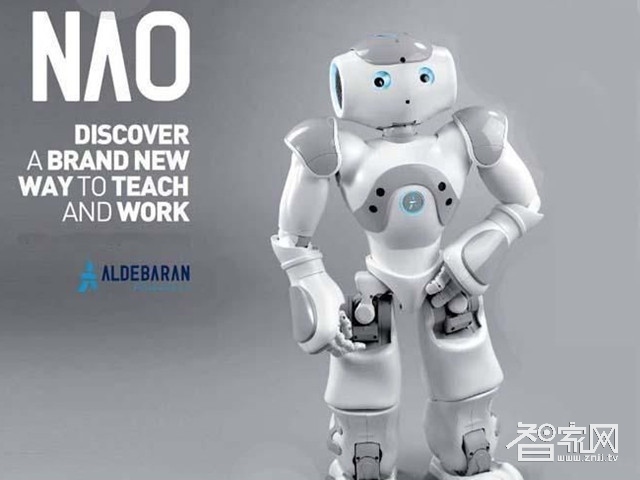The NAO is one of the most widely used humanoid robots in the world and is also the designated robot for the Robot Soccer World Cup. With 25 degrees of freedom, more than 100 sensors, onboard computer, support for 23 languages, support for remote control, and full programming. Let's take a look at the specific functions and uses of NAO. NAO robots have a flattering appearance. And have a certain degree of artificial intelligence and a certain degree of emotional intelligence and can interact with people kindly. The robot also has the ability to learn as a real human infant. NAO robots can also infer human emotion changes by learning body language and expression, and “know†more people over time, and be able to distinguish the different behaviors and faces of these people. NAO robots can display anger, fear, sadness, happiness, excitement, and proud emotions. NAO robots even get angry when they are faced with an impossible situation and if no one communicates with them. Its "brain" allows it to remember past good or bad experiences. 1. Teaching area: 1) Computers: NAO robots can be used to verify code, write related programs, and logical relationships between 3D simulations and entities; 2) Automation: research on individual and multi-robot control, as well as multiple sensor information fusion; 3) Mechanical: mechanical structure design and appearance design and force analysis, 4) Artificial Intelligence: Intelligent Control Algorithm. 2. Competition field: 1) ROBOTCUP international competitions: 3 VS 3 sets the standard platform football game; in 2009 a total of 24 teams in Austria; 10 years in Singapore, China University of Science and Technology and Shanghai Tongji University to participate; 11 years will be held in Turkey. 2) Domestic Robot Open: 3 VS 3 standard platform group football match; 1 VS 1 function Challenge; 2 VS 2 Skills Challenge; 3) Artificial intelligence competition: the first stage: making path planning in a known fixed environment; the second stage: making path planning in a known and unfixed environment; and the third stage: making path planning in an unknown environment. 3, research areas: 1) Sensor research: The NAO robot has nearly 100 sensors throughout the body, such as ultrasonic sensors, two-axis gyroscopes, three-axis acceleration, vision sensors, sound sensors, pressure sensors, collision sensors, whole-body temperature sensors, and Hall sensors. Both single-cell and multi-sensor experiments can be performed. 2) Artificial intelligence: autonomous learning, external perception, obstacle avoidance, and multi-robot collaboration. 3) Mechanical control: 25 motor body coordination experiments, closed-loop control of the motor, force analysis of the mechanical force and force analysis of the components, matrix inequality experiment, and exercise walking inverted pendulum experiment. 4) Motion algorithms: path planning, autonomous positioning, motion navigation, self-built maps. 5) Embedded Experiment: Embedded Software Application and 6) Human-computer interaction: Brainwaves, vision and limbs for robot control, psychological research, Internet, Internet of Things experiments, and information processing. The above is the function and use of the intelligent robot NAO. On the other hand, colleges and universities not only use Nao in robot research, artificial intelligence and computer science, but also in sociology and medical care. So the role of NAO is really not small. Article: Key Elements for Intelligent Robots Recommended: hip-hop childhood hip-hop early childhood education intelligent companion robot XHTN-01 Fibre Optic Cable Joint Box,Outdoor Fiber Splice Box,Optical Fiber Cable Joint Box,Fusion Splice Box Ningbo Fengwei Communication Technology Co., Ltd , https://www.fengweicommunication.com
NAO robot features:
The main purpose of the current NAO robot:
related suggestion: